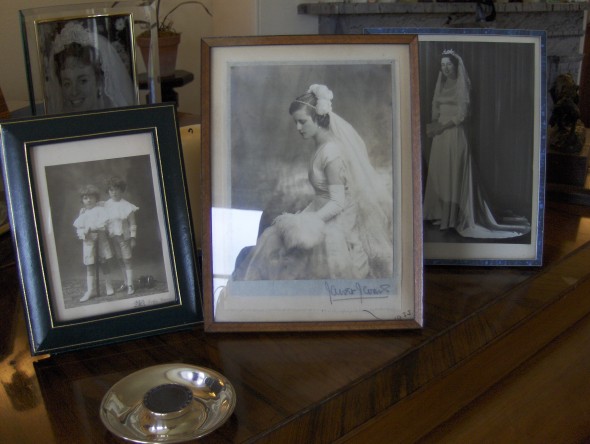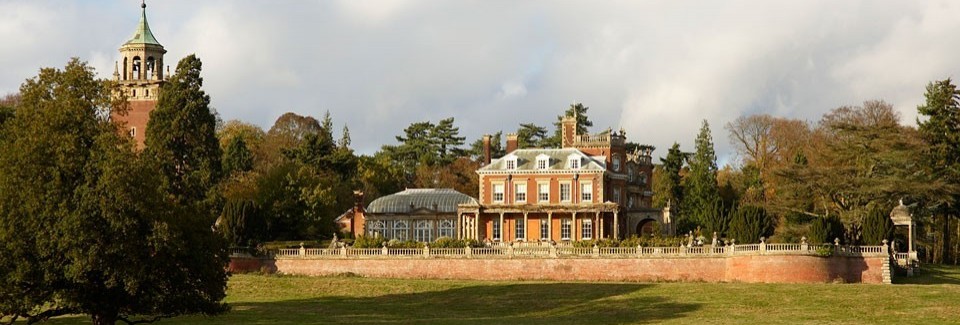Welcome to More Than Good Manners
A History of The Social Season
Historically, the ‘Season’ was a series of balls, receptions and social and sporting events which ran from May to August each year.
The highlight or climax of each ‘Season’ was when daughters of the aristocracy and upper class were presented at Court to the King and Queen in London.

The timing of the Season was defined by the residence of the Royal family in London, from April to July and then from October to Christmas. Thus the aristocracy resided in London, following old customs based around the Royal Court, and from this developed an endless round of social events.
By 1780 "The Season" was well established and George III held a May Ball named after his wife Queen Charlotte - it was the fulcrum of the Social Season and still continues today. However, the "debutantes" now curtsey to a cake, which represents Queen Charlotte.
The rituals of court life overlapped with the upper echelons aim to launch their well bred daughters on to the marriage "mart", culminating in a formal presentation of the debutantes to the Monarch, and a whirlwind six months of parties, balls, and attending social events such as Royal Ascot and garden parties at Buckingham Palace. Up until the Second World War, debutantes were presented in a Court Dress with a long train, and three Prince of Wales ostrich feathers in their hair.( The image above is of Veronica's grandmother in 1933 -Elizabeth Mason).
After the Second World War British society became more egalitarian and the strict social parameters of the Season were relaxed. The debutantes were now presented in a cocktail dress or suit and by 1958 the Queen terminated the archaic practice of Court presentations altogether.
